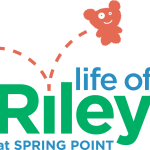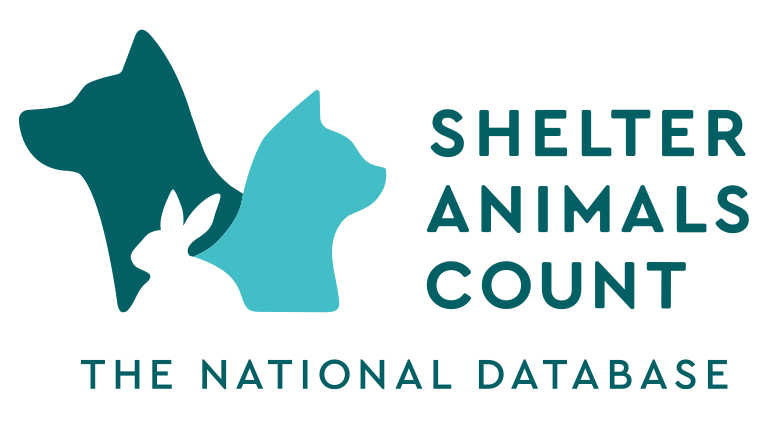Animal Level Data
At Shelter Animals Count (SAC), we are committed to ensuring that animal welfare organizations have access to standardized, accurate, and actionable data. Animal-level data (ALD) provides critical insights into the characteristics and movement of animals in shelters and rescues, helping to shape policies, improve operations, and support positive outcomes for animals nationwide.
Why Animal Level Data (ALD) Matters
Animal-level data allows us to:
+ Track individual animal journeys from intake to outcome.
+ Identify trends in population dynamics, medical care, and adoption patterns.
+ Improve decision-making by using consistent and reliable data.
+ Support organizations in data-driven storytelling and advocacy efforts.
By maintaining a standardized approach to data collection, SAC ensures consistency across shelters and rescues, allowing for meaningful comparisons and national insights.
Standardization: Ensuring Reliable Data
To maintain data integrity, SAC provides standardized guidelines for recording key animal characteristics. These include:
+ Age Group Assignment: Defined age brackets (Neonate, Weaned, Juvenile, Adult, Senior) to categorize animals based on their life stage.
+ Altered Status: Recording whether an animal is spayed/neutered to assess sterilization efforts.
+ Date of Birth: Accurately estimating or documenting birth dates for better population tracking.
+ Size & Weight Classification: Standardized size categories based on expected adult weight.
+ Intake Subtypes: Clear definitions for owner surrenders, strays, and transfers to understand why animals enter shelters.
How We Collect Animal Level Data
SAC receives animal-level data through direct integrations with a select number of shelter software systems. This means most participating organizations do not need to manually submit this data to us. These integrations are seamless and behind the scenes, ensuring that the data is as current and accurate as possible without requiring additional effort from your team.
It’s important to note that this animal-level data does not change the high-level (summary) data you submit to the SAC portal. We will continue to collect age group and other aggregated data separately to ensure consistency across reports.
Resources and Best Practices
SAC has developed a comprehensive set of Standard Operating Procedures (SOPs) to assist organizations in implementing best practices for animal-level data collection. These SOPs cover:
+ Data entry protocols for intake and medical records.
+ Guidelines for monitoring and evaluation.
+ Consistency measures to ensure accurate reporting.
These standards were created with insight and recommendations from a committee of shelter and rescue representatives to ensure practical application across diverse organizations.
Explore More
For more information on animal-level data, best practices, and to see our ALD in action, check out our latest resources:
+ Blog: Spay/Neuter Data in Action
+ Resource: Data Basics Workbook
By contributing accurate data, organizations not only enhance their own operations but also support a nationwide effort to improve animal welfare through data-driven insights. Join us in making data count!

Partner Support
This initiative is made possible through generous support from Life of Riley.
